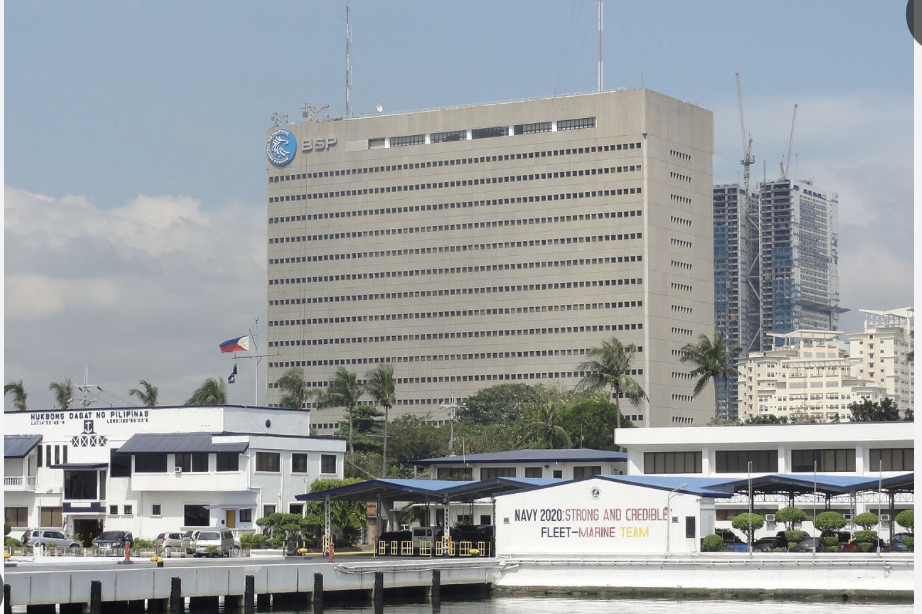The Philippine economic landscape is at a pivotal juncture, with easing inflation pressures paving the way for a potential shift towards a more accommodative monetary policy. This optimistic outlook, underscored by the Bangko Sentral ng Pilipinas (BSP), comes as the latest inflation figures fall squarely within expectations, signaling a manageable price environment in the medium term.
However, a concurrent moderation in bank lending growth hints at underlying shifts in economic activity that the central bank is carefully monitoring.
BSP hints at easing policy as inflation stays low, global headwinds gather

In a statement, the central bank shared that the May 2025 inflation rate, which registered between 0.9 and 1.7 percent, has been a key factor in the BSP’s revised baseline inflation forecasts. This downward adjustment is largely attributed to the sustained easing of commodity prices, offering a sigh of relief to consumers and businesses alike.
While the inflation outlook for 2025 to 2027 remains broadly balanced, the BSP acknowledges potential upside risks, including possible increases in transport charges, meat prices, and utility rates. Conversely, the continued impact of lower tariffs on rice imports and the anticipated softening of global demand present significant downside risks, further contributing to a more stable price environment.
The BSP’s Monetary Board has also taken note of a more challenging global economic climate, which is expected to temper worldwide growth prospects. This external pressure, while potentially dampening global commodity prices, could also pose a downside risk to domestic economic activity.
In light of these considerations, the central bank believes that the manageable inflation outlook, coupled with the potential for softer domestic economic activity, provides a compelling rationale for a pivot towards a more supportive monetary policy stance.
“Looking ahead, the BSP will continue to take a measured approach in deciding on further monetary easing,” a central bank statement affirmed, emphasizing a data-dependent strategy ahead of its crucial June 2025 monetary policy meeting. This measured approach suggests that while the winds are shifting towards easing, the central bank remains vigilant, ready to adjust its sails based on the latest economic indicators.
Meanwhile, the latest banking data reveals a nuanced picture of lending activity. Universal and commercial bank loans, net of reverse repurchase (RRP) placements with the BSP, expanded by 11.2 percent year-on-year in April. While still robust, this represents a slight slowdown from the 11.8 percent growth recorded in March. On a month-on-month seasonally-adjusted basis, outstanding loans saw a modest 0.3 percent increase.
Mixed signals in lending: Consumer credit surges while business loans cool

A deeper dive into the lending figures shows a mixed bag across sectors. Loans to residents, excluding RRPs, also experienced a moderated growth of 11.9 percent in April, down from 12.4 percent in March. Notably, outstanding loans to non-residents continued their decline, shrinking by 10.0 percent in April after a 5.6 percent decrease in the previous month.
Growth in loans for production activities also eased to 10.3 percent in April from 10.8 percent in March. This deceleration was observed across several key industries, including real estate (8.9 percent), wholesale and retail trade (9.9 percent), manufacturing (0.6 percent), financial and insurance activities (7.5 percent), information and communication (7.7 percent), and transportation and storage (14.9 percent).
In contrast, consumer loans to residents continued their strong ascent, growing by 24.0 percent in April, a slight uptick from 23.9 percent in March. This surge was primarily fueled by an increase in credit card loans, indicating sustained consumer spending despite the broader moderation in other lending categories.
As the BSP prepares for its upcoming monetary policy meeting, it will undoubtedly weigh these intertwined developments.
The prospect of a more accommodative monetary policy, driven by a stable inflation environment, could provide a much-needed boost to economic activity. Simultaneously, the central bank remains committed to ensuring that domestic liquidity and bank lending conditions are aligned with its overarching mandates of price stability and financial stability, navigating the evolving economic landscape with careful precision.








